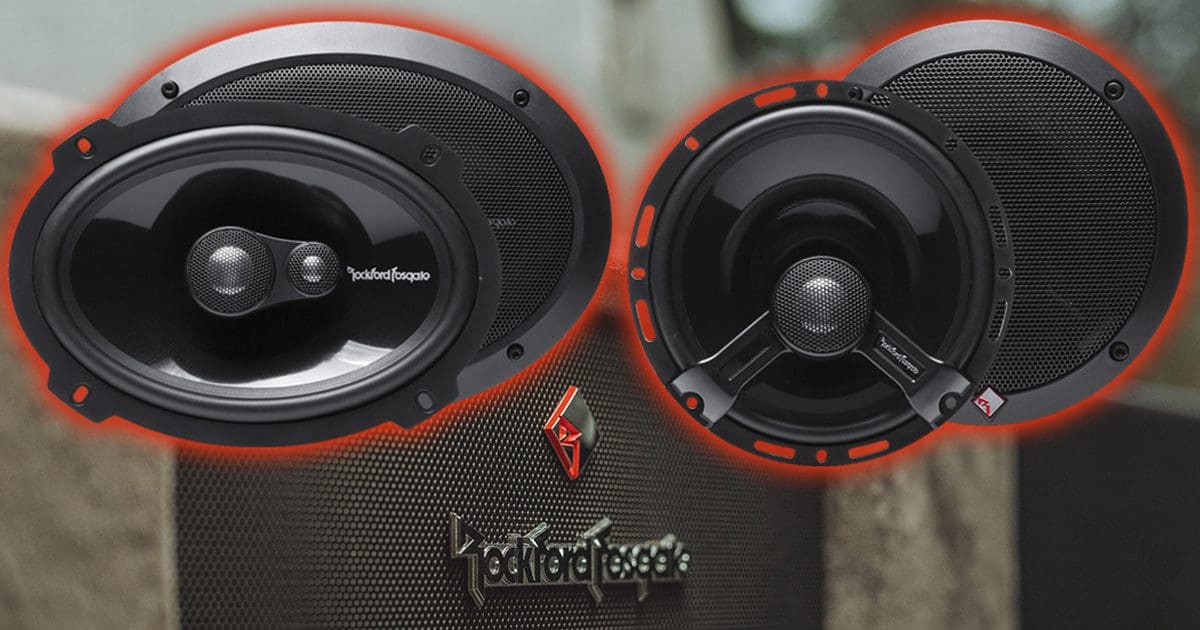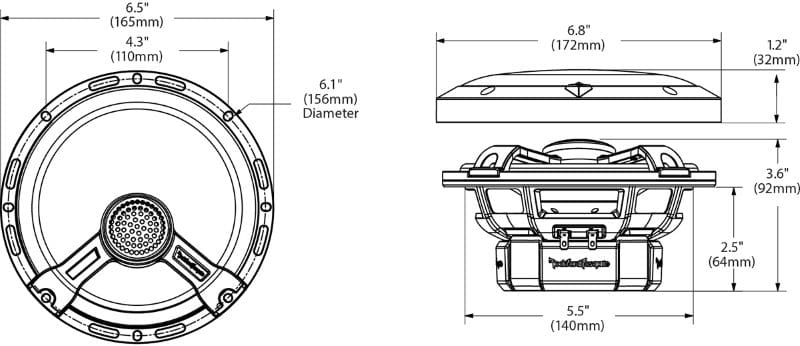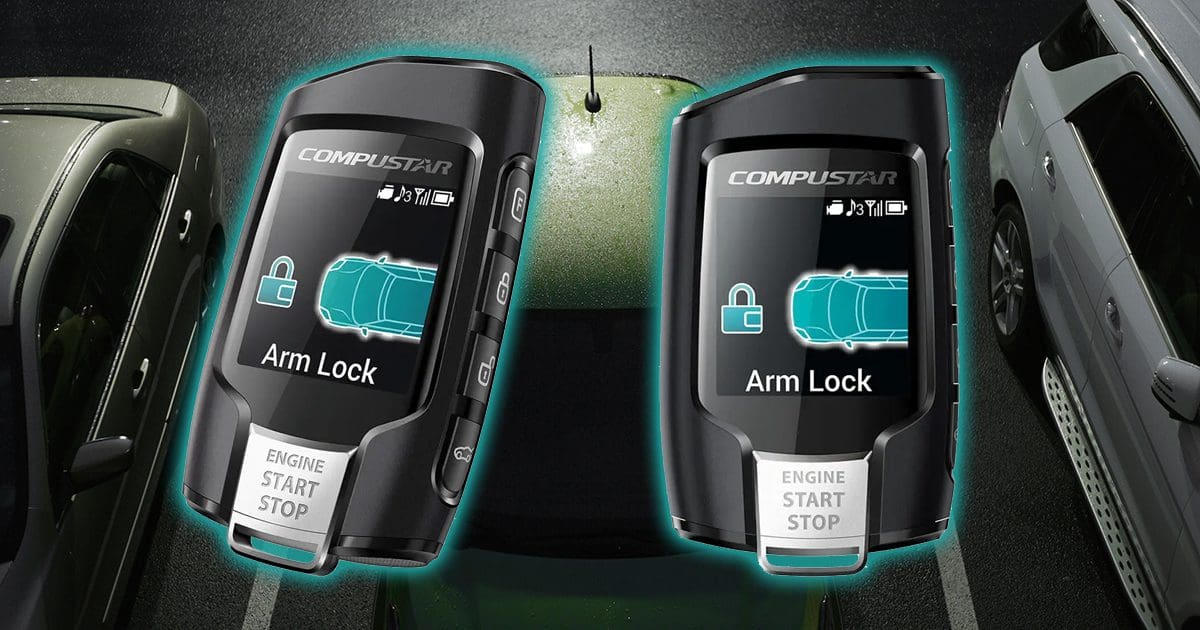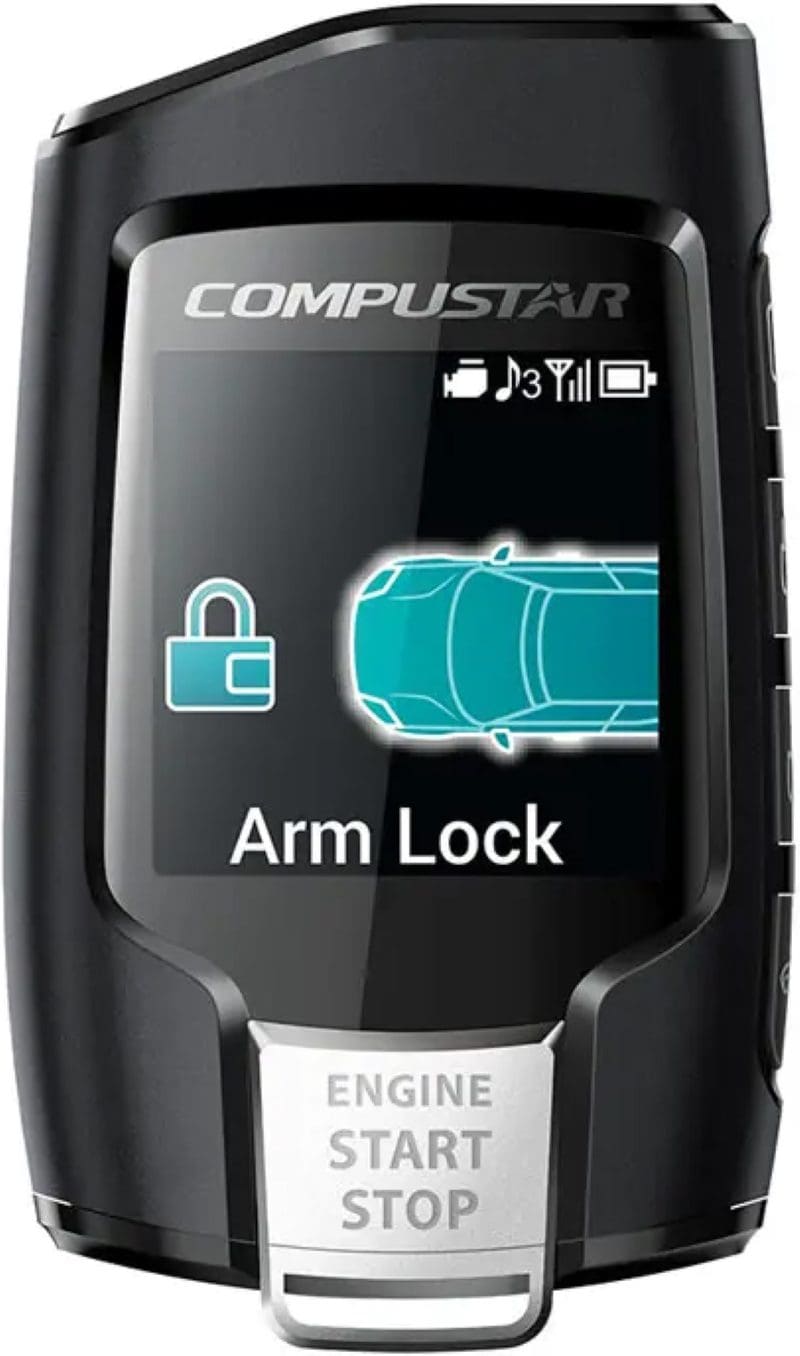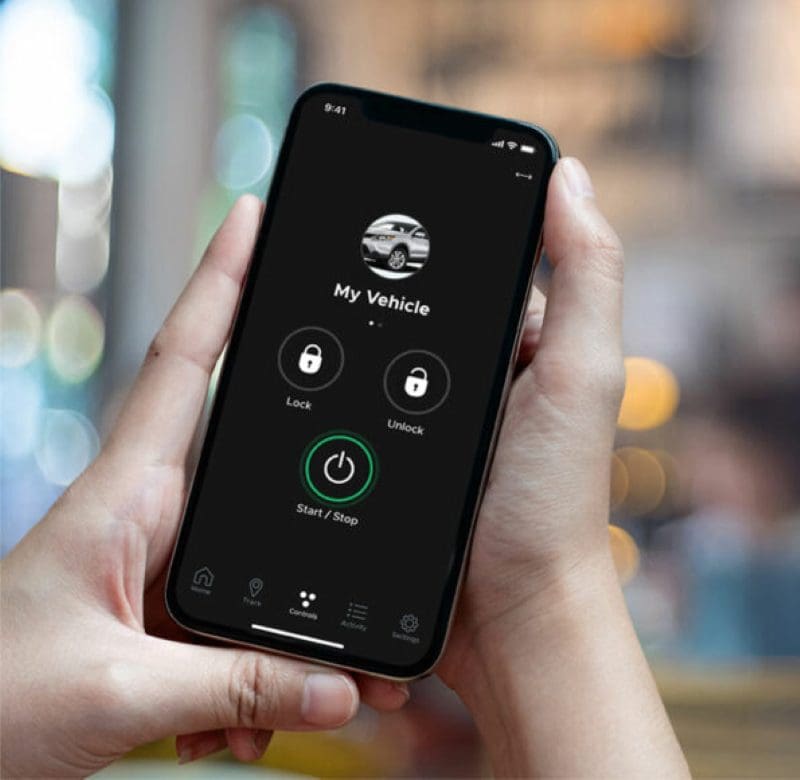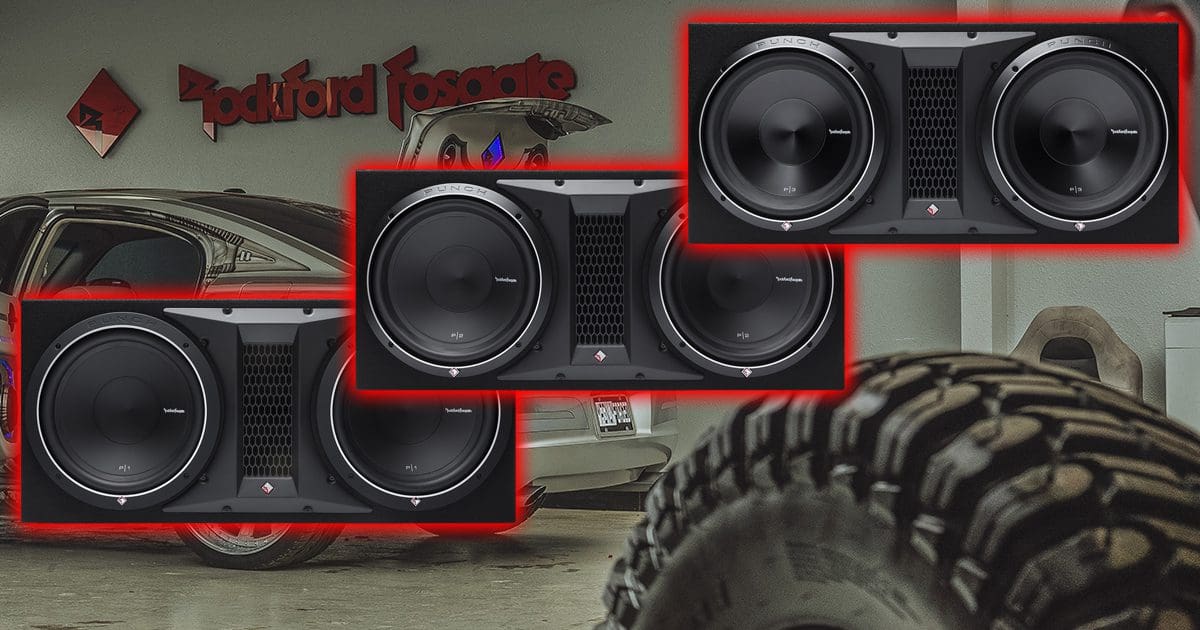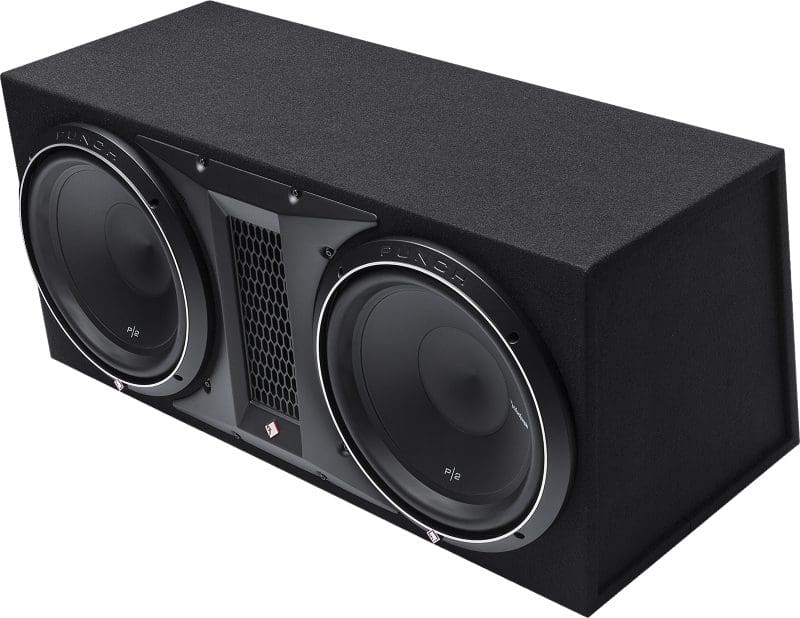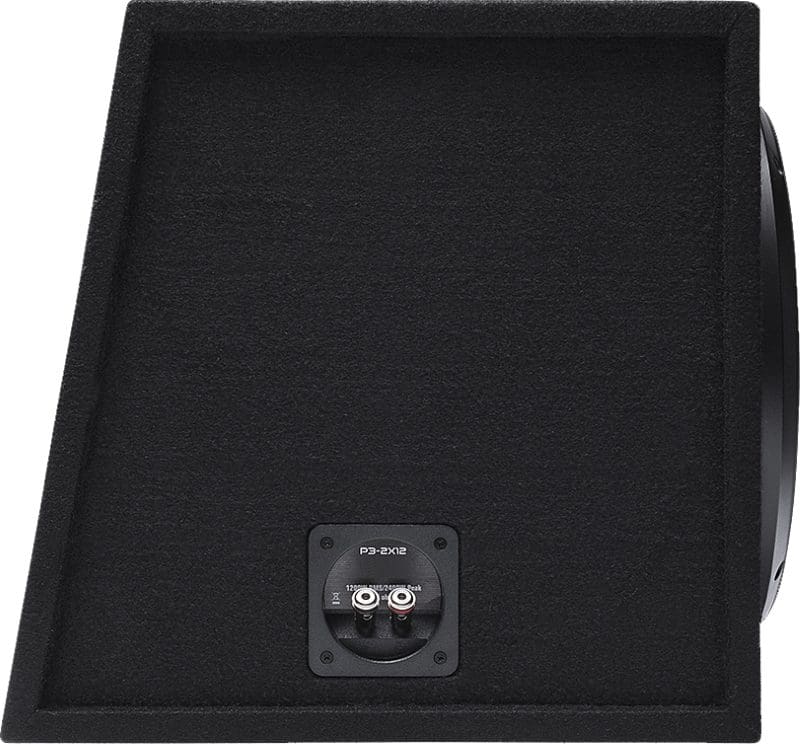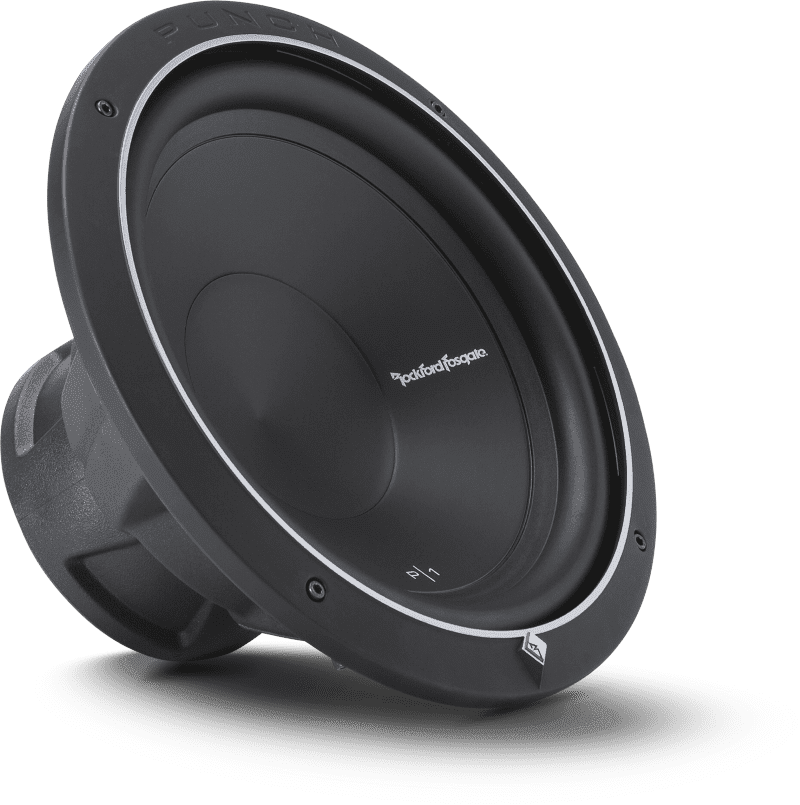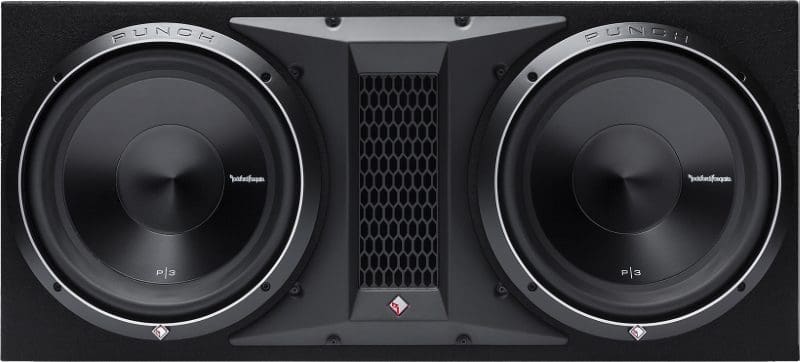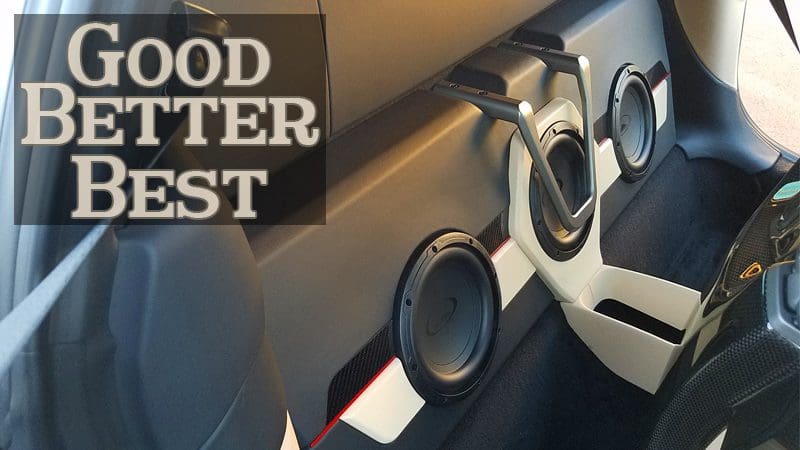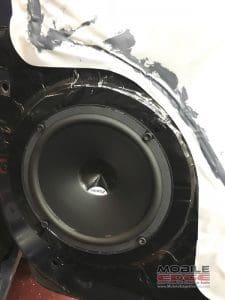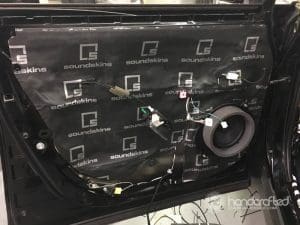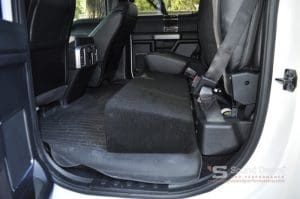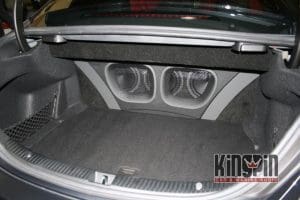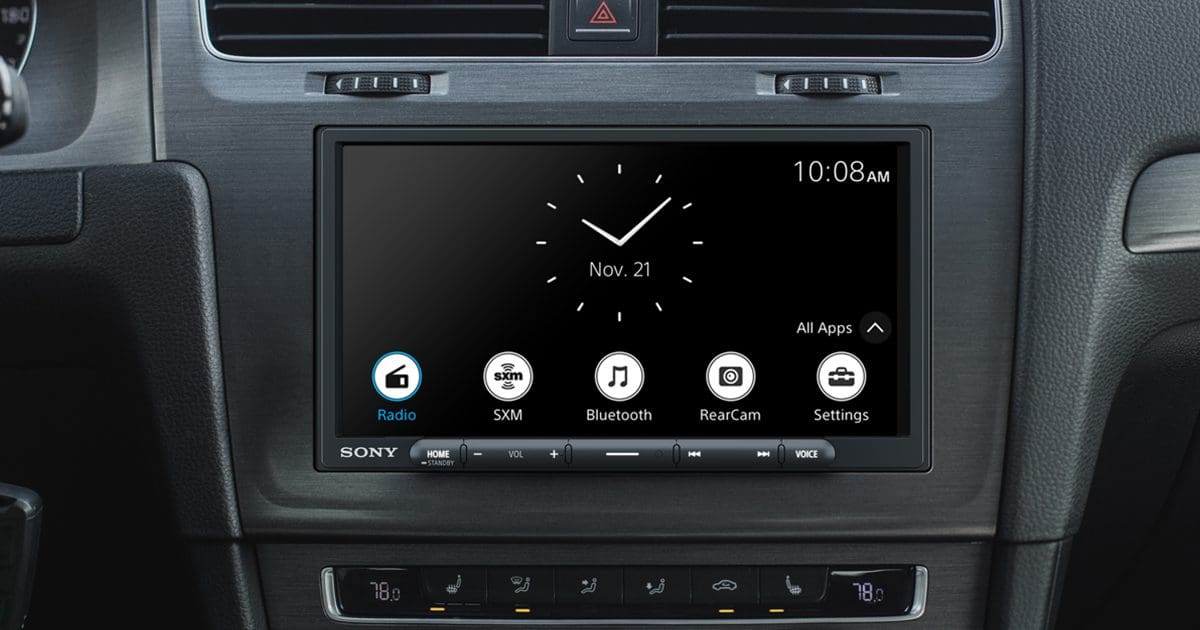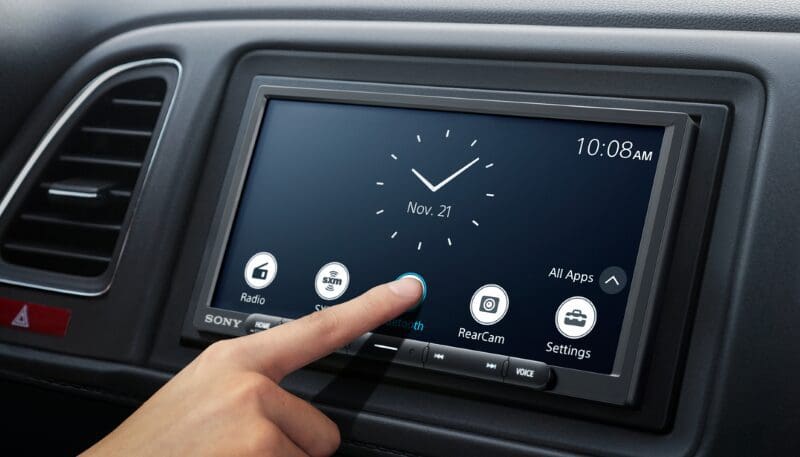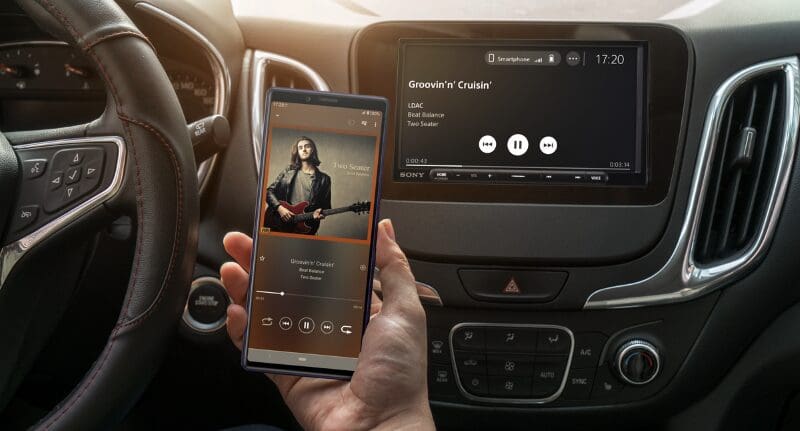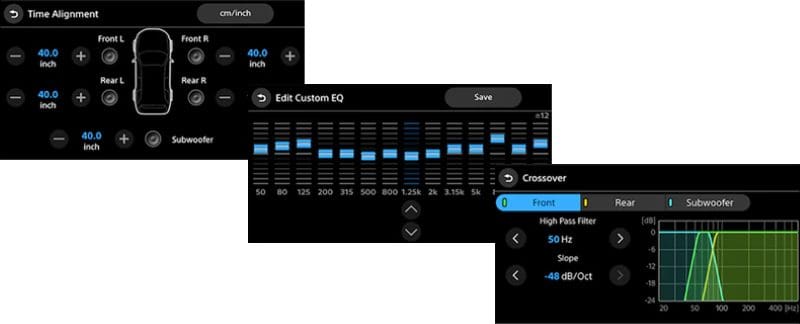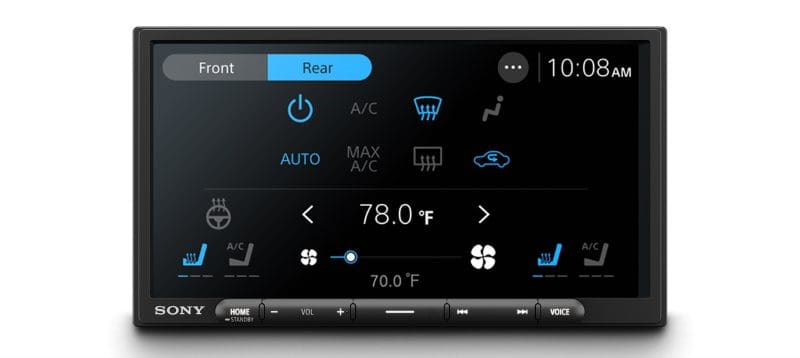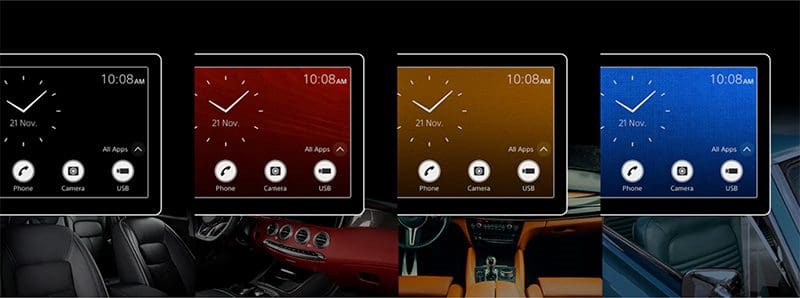You’ll find thousands of options when choosing upgraded speakers for your car audio system. Rockford Fosgate’s Power Series fits the bill perfectly for those looking for a solution that delivers great sound quality with impressive efficiency and output capability. In this spotlight, we’ll look at the T1650 and the T1693 speakers – two of the most popular sizes in the series.
Rockford Fosgate Power Series Features
The T1650 is a two-way 6.5-inch class speaker optimized for installation in North American, European and Asian vehicles, thanks to its FlexFit 2 basket design. The T1693 is a three-way 6×9 speaker that works in almost any application with at least 3.43 inches of mounting depth.
Both drivers are based on a sturdy stamp-cast aluminum frame. The woofer cones are made of carbon fiber-reinforced polypropylene to deliver excellent rigidity and thermal stability balance. The outer edge of the woofer cone is attached to the basket using a Santoprene rubber surround. The T1650 features Rockford Fosgate’s Vertical Attach Surround Technique design that optimizes the effective cone area of the woofer to increase bass output and efficiency.
At the base of the woofer cones are aluminum voice coil formers that help to draw heat away from the winding. The T1650 has a 1.1-inch voice coil former, and the T1693 features a 1.2-inch diameter former design for added power handling. Vents in the basket under the spider mounting ledge allow hot air to escape from the voice coil. These vents also improve linearity at high excursion levels. Finally, fatigue- and tear-resistant poly-cotton spiders return the woofer cones to rest once the audio signal stops.
The tweeters in the speakers feature a treated aluminum dome design for excellent power handling and high-frequency extension. The tweeter on the T1650 is mounted on a bridge that suspends it above the woofer. This design eliminates the need for a pole piece through the center of the woofer and further increases the radiating area of the woofer. Both drivers feature Rockford Fosgate’s Integrated Concealed Crossover design that hides the filter network within the basket to protect the components and simplify the installation process.
Both systems include a pair of speakers, a set of steel mesh protective grilles and mounting hardware.
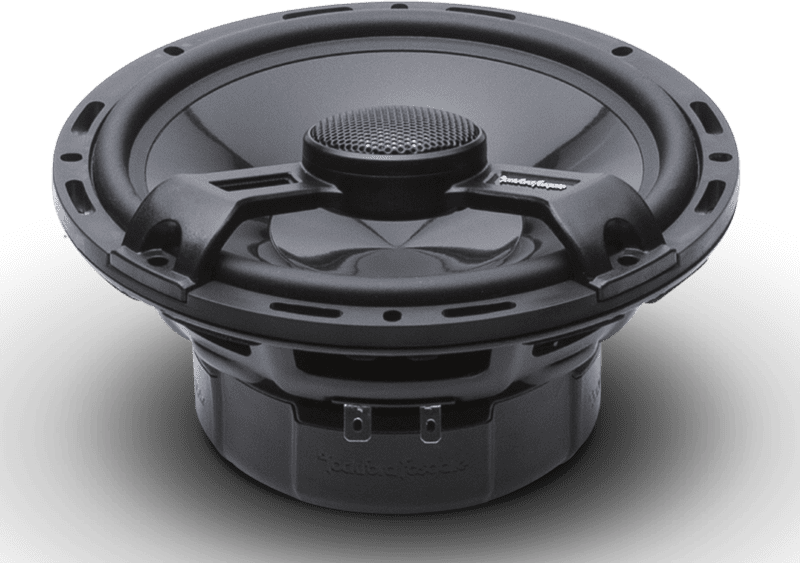
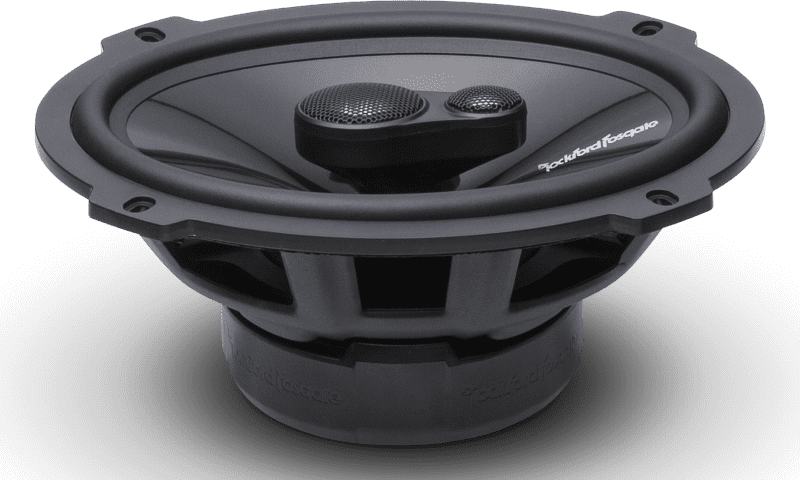
Rockford Fosgate T1650 Specifications
The T1650 has a continuous power handling rating of 75 watts and can handle up to 150 watts of peak power. The driver has a nominal impedance of 4 ohms, and its efficiency is specified as 88 dB when powered with 1 watt and measured at 1 meter. A moderately high Qts specification of 0.73 will give the driver a little extra warmth in the lower midrange, making it a perfect solution as a stand-alone option or for use in an audio system with a subwoofer.
Rockford Fosgate T1693 Specifications
The T1693 is a three-way 6×9 speaker with a 1-inch aluminum-dome tweeter and a ½-inch super tweeter. The driver has a nominal 4-ohm impedance and a rated efficiency of 91 dB at 1 watt/1 meter. Power handling is specified as 100 watts continuous and 200 watts peak. The Qts value of 0.6 still delivers a slightly warm sound but emphasizes the focus on excellent dynamics in the lower midrange.
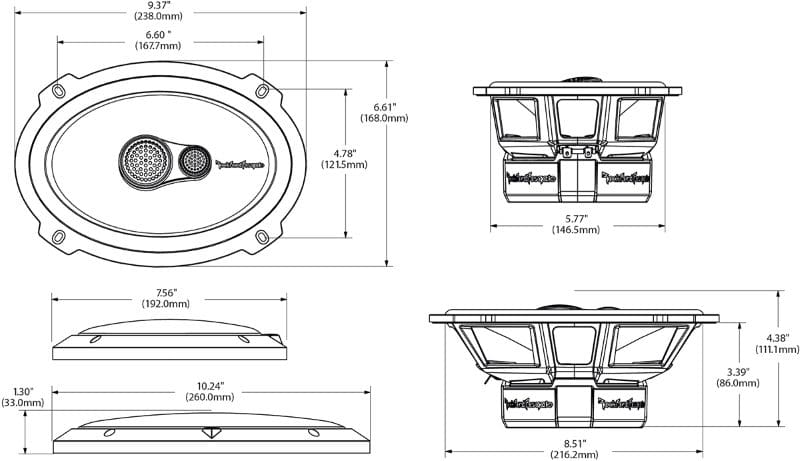
All the dimensional and performance specifications provided for these speakers are compliant with the ANSI/CTA-2031-A standard for the Testing and Measurement of In-Vehicle Loudspeaker Systems. This means you can trust the provided information to be accurate and truthful. It’s also worth noting that Rockford Fosgate uses Klippel speaker analysis equipment to optimize the design of their loudspeakers and subwoofers to ensure that they operate linearly and deliver excellent sound quality.
Upgrade Your Car Audio System with Rockford Fosgate Power Series Speakers
While we’ve highlighted the T1650 and the T1693 in this spotlight, the Power Series includes 4-, 5.25- and 6.75-inch options, along with 4×6, 5×7, 6×8 and two-way 6×9-inch speaker systems for a solution for almost any application. Drop by your local authorized Rockford Fosgate retailer to find out what size is perfect for the upgrade in your car, truck or SUV. You can find a local dealer by using the locator on their website. Be sure to follow the Rockford Fosgate team on Facebook and Instagram to learn about their latest product releases. Also, check out the fantastic videos they post on YouTube.
This article is written and produced by the team at www.BestCarAudio.com. Reproduction or use of any kind is prohibited without the express written permission of 1sixty8 media.
